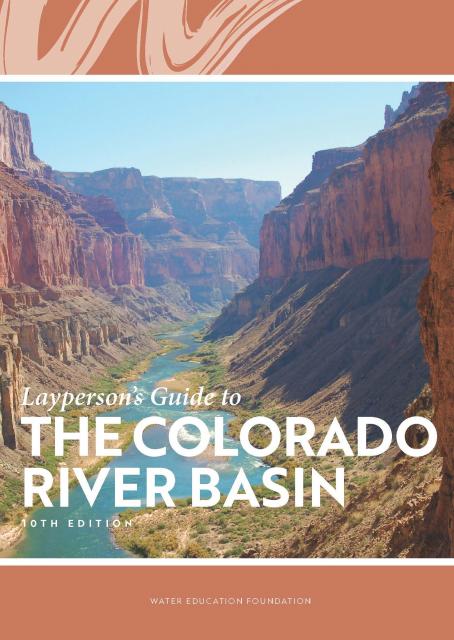Lower Colorado River Multispecies Conservation Program
In 2005, the Interior Department launched a program to recover 27 species in the lower Colorado River, including seven the federal government has deemed threatened or endangered or threatened with extinction. The species include fish, birds, bats, mammals, insects, amphibians, reptiles, rodents and plants
The Lower Colorado River Multispecies Conservation Program has a 50-year plan to create at least 8,132 acres of new habitat and restore habitat that has become degraded.
During that time the program plans to introduce more than 1 million native razorback suckers and bonytail fish along 400 miles of the Colorado River from Lake Mead to Mexico. The federal government and water utility customers in Arizona, California and Nevada share the program’s estimated $626 million cost.
The Lower Colorado River Multispecies Conservation Program is a collaborative effort involving the Bureau of Reclamation and federal, state and local partners.
A major goal is to restore fish and migratory bird habitat at the Imperial National Wildlife Refuge, north of Yuma, Arizona. Other important restoration areas include the Laguna Project, Palo Verde Ecological Preserve, Yuma East Wetlands and Yuma Meadows Conservation Area.
As of 2022, the program had established 7,048 acres of habitat — cottonwood, willow and honey mesquite trees, marsh and backwater — at 18 conservation areas, and stocked more than 400,000 razorback suckers and bonytail fish in the lower Colorado River.
Updated April 2025











